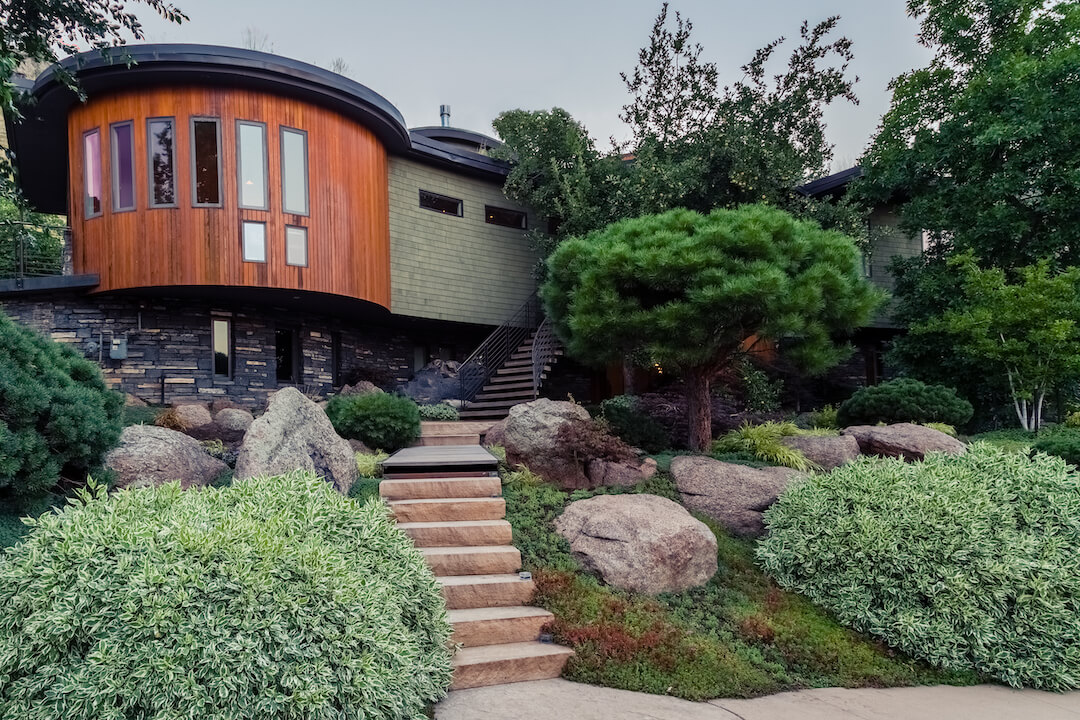
Landscaping with Trees and Shrubs: How to Design for Your Property
Trees and shrubs are the epicenter of most landscape designs. They are an essential part of our ecosystem and are vital to our planet. Other than simply aesthetic reasons, landscaping with trees and shrubs can have many benefits. Landscaping trees and shrubs can provide shade, energy conservation, privacy, food, noise-abatement, CO2 reduction, and more! Our residential Landscape Architects and Designers have gathered a list of trees and shrubs that are best for your landscape goals, whether that be low maintenance trees and shrubs, privacy landscaping, colorful shrubs, and more!
Not all properties are created equal, and each landscape will have its own unique set of needs. Some tree/shrub species that may work well for certain properties might not work well for others. This could be because of climate, region, and soil makeup. Before we dive into our expertly recommended landscaping trees, we must first run through what you need to research before choosing your landscaping trees and shrubs. Let this be a guide to help plan out your landscape design by selecting and planting trees and shrubs that best accommodate your unique property.
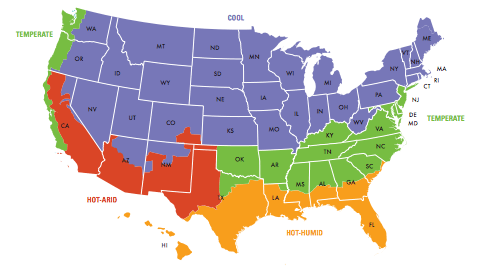
Know Your Microclimate & Design Intentions
You may be asking yourself how to choose trees and shrubs for landscaping. When starting the process, it is important to understand your microclimate and what kind of environment your space has. A microclimate is the area immediately surrounding your home. Things to note about your microclimate that will impact landscaping choices for your space: Does your microclimate get more sun, shade, wind, rain, snow, moisture, and/or dryness than average local conditions. For instance, even cool regions have warm microclimates that call for shade trees. Alternatively, hot-arid, and dry climates may call for low-maintenance landscape trees and shrubs that thrive in areas that require water conservation. If your home is located near a body of water, your microclimate may be more humid and there may be more moisture in the soil. The microclimate of your home will determine what plants will grow there.
Identifying your growing requirements, limitations, and opportunities can help create a landscape that will enhance the property value of the home and compliment the lifestyle of the outdoor space. It is important to also identify the use of the space. Is this space going require specific functions? Does it need to follow specific design styles to be cohesive with the existing elements of the space? Depending on the intentions of the space, it would be good to consider if your yard has enough shade for the activities you are planning. Or do you need small trees for landscaping? Do the views to the neighbors need privacy screening? Is growing fruit important to you? Are there specific colors and ornamental pieces that need to be highlighted? What about the focal points in the space, how can they be accentuated based on the landscaping shrubs in the design? Once you have the microclimate and the design intentions narrowed down, then you can start to select your landscaping trees and shrubs.
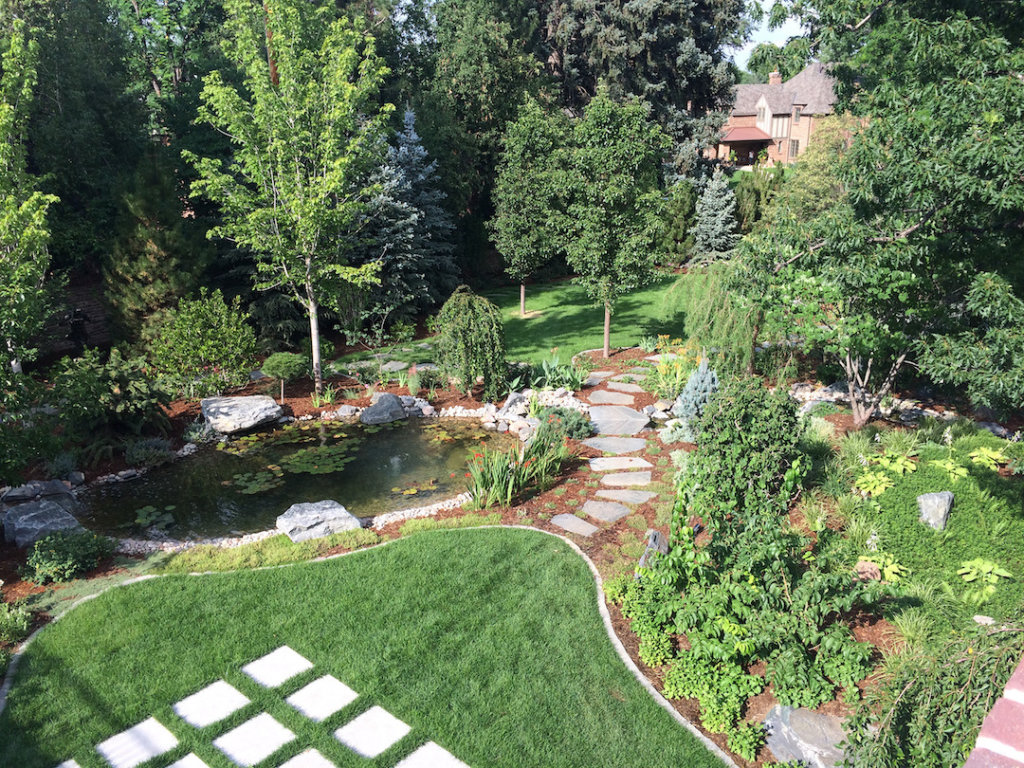
Choosing Landscaping Trees and Shrubs
Based on the climate considerations and design intentions, these species are recommended for each category by our design team. Keep in mind, these landscaping options are best suited to thrive in Colorado climates.
Small/Dwarf Trees
- Spring Snow Crabapple: This crabapple is a great option if you are looking for dwarf trees for landscaping. It is a fruitless crabapple, with large fragrant white flowers in mid-spring.
- Amur Maple: This large deciduous shrub or smaller tree only grows 15-20 feet tall and has a vibrant yellow or red fall color.
- Japanese Tree Lilac: Typically growing as a small tree or large shrub, it blooms clusters of creamy white, fragrant flowers in the spring. This lilac is a great option if you are seeking miniature trees for landscaping.
Tall & Skinny Trees
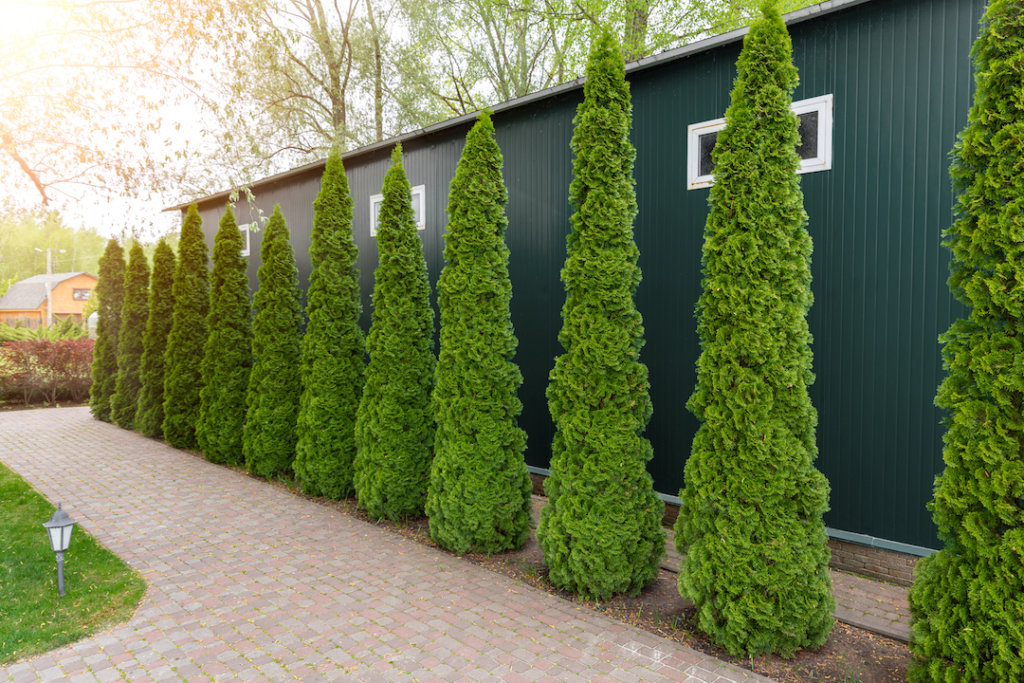
- Regal Prince Oak: Regal Prince is a great option for tall skinny trees for landscaping. This columnar cultivar is a cross between Quercus robur ‘Fastigiata’ and Quercus bicolor. It gets 40-60 feet tall and only 20 feet wide. If you are specifically looking for oak tree landscaping that is tall and skinny, this is a great choice.
- Frans Fontaine Hornbeam: This dense, deciduous tree is richly green and golden yellow in the fall. It gets 40 feet tall and 20 feet of spread.
- Parkland Pillar Birch: This birch has a narrow upright habit with white bark and turns golden in the fall. It can grow up to 40 feet tall and only has a spread of 7-10 feet.
- Swedish Aspen: Reaching about 40 feet tall and only 10 feet wide, this aspen is great for small spaces, privacy screening, or lining and area like a driveway. In general, these options are great if you are looking for privacy landscaping trees.
Low-Maintenance Trees and Shrubs
- Mugo Pine: This is a carefree, low maintenance landscaping shrub. They adapt well to most soil types and are relatively drought tolerant.
- Juniper: Varying in all shapes and sizes, they are very low maintenance. Find one that spreads as a groundcover, a small shrub, or a full-sized tree.
- Euonymus: Varying from vines, to shrubs, to tall trees, this is a great choice if you are looking for low-maintenance landscaping shrubs.
Evergreens and Pine Trees
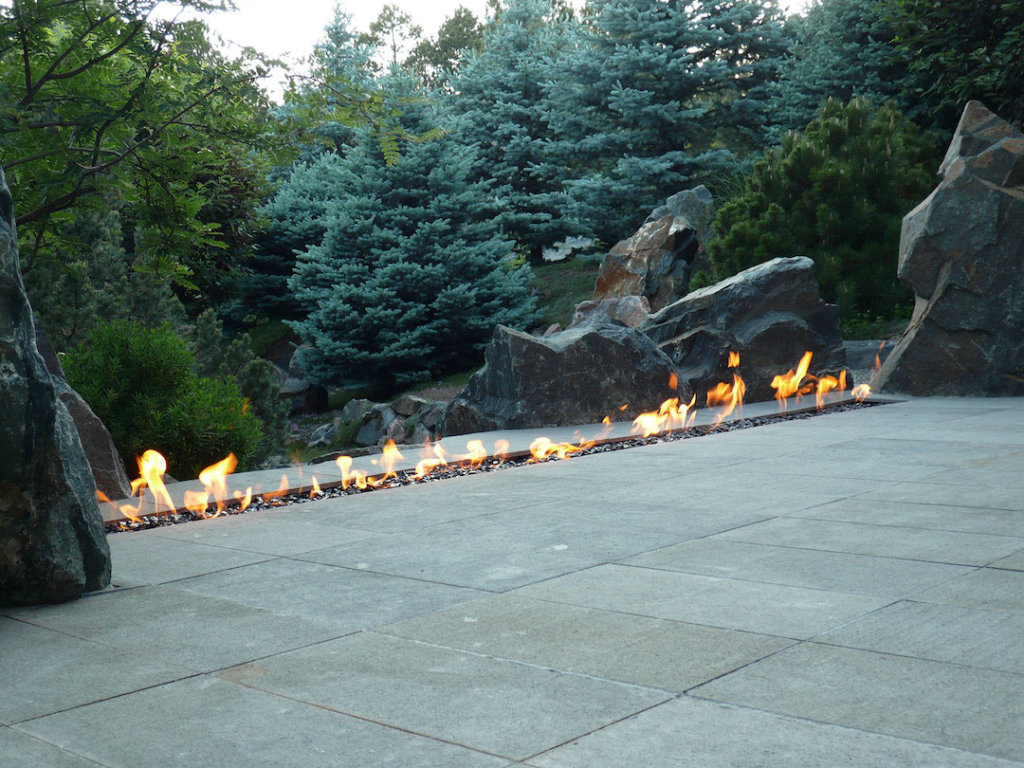
- Bosnian Pine: Measuring at 40 feet tall and about 10 feet wide, this pine is a slower growing pyramidal tree that would be great as a windbreak or accent tree.
- Austrian Pine: This pine stands up great to high winds and heavy snows. It grows about 50-60 feet tall and spreads up to 40 feet wide.
- Colorado Spruce: Native to the Rocky Mountains, this spruce thrives in Colorado. It reaches about 50-60 feet tall and spreads 12-20 feet wide. This is a great option if your space could use pine trees landscaping.
Ornamental and Decorative Trees and Shrubs
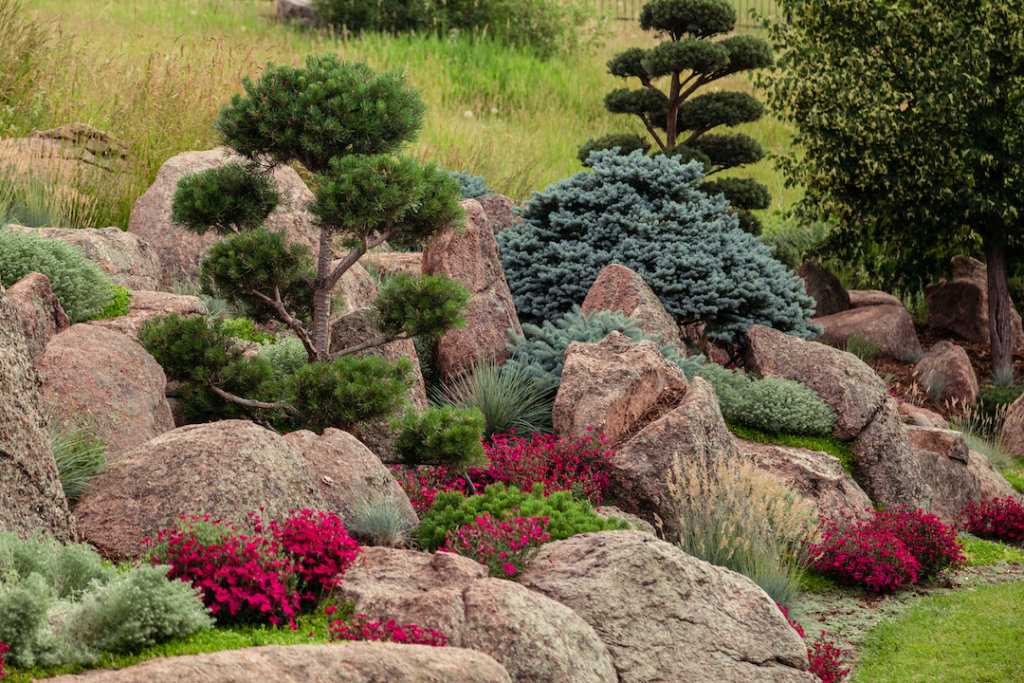
- Serviceberry: Among the first to flower in the spring, serviceberries are beautiful decorative trees for landscaping.
- Crabapple: With showy spring flowers, crabapples are popular ornamental trees.
- Golden Rain Tree: This tree has yellow blossoms in the late spring/summer and has paper lanterns in the autumn/winter, proving to be a showy ornamental tree.
Full-Sun Trees and Shrubs
- Honey Locust
- Lilac
- Butterfly Bush: These three are great options for full sun landscaping shrubs and trees. Each one will thrive in hot summer temperatures with full sun exposure.
Colorful Shrubs
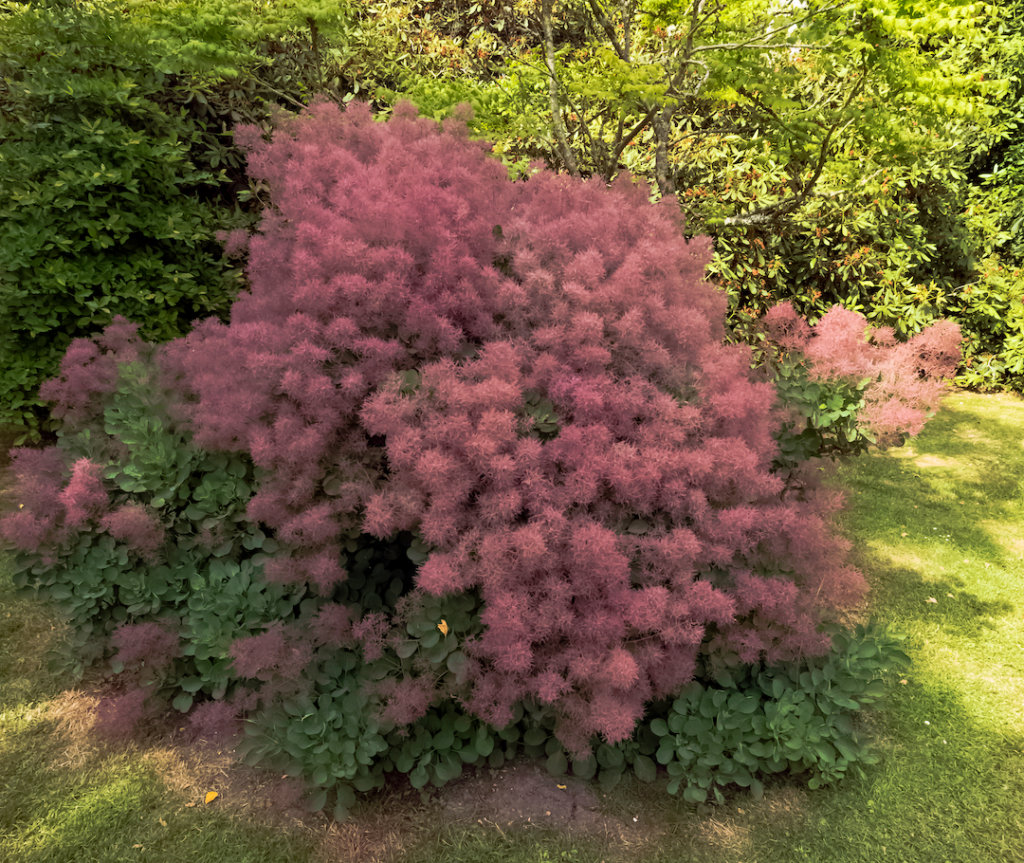
- Ninebark: This shrub is colorful all year round. It has vibrant foliage in the spring, with clusters of flowers late spring/summer, and red seedheads after blooming is done. Depending on the variety, the foliage can range from gold to dark purple.
- Honeysuckle (Diervilla): Highly fragrant and colorful, pollinators are also attracted to honeysuckle. It blooms a unique yellow and white tubular flower in the early summer.
- Smoketree: When blooming, it has a reddish brown to dark mauve feathery flowers that look like puffs of smoke.
Fruit Trees and Edible Shrubs
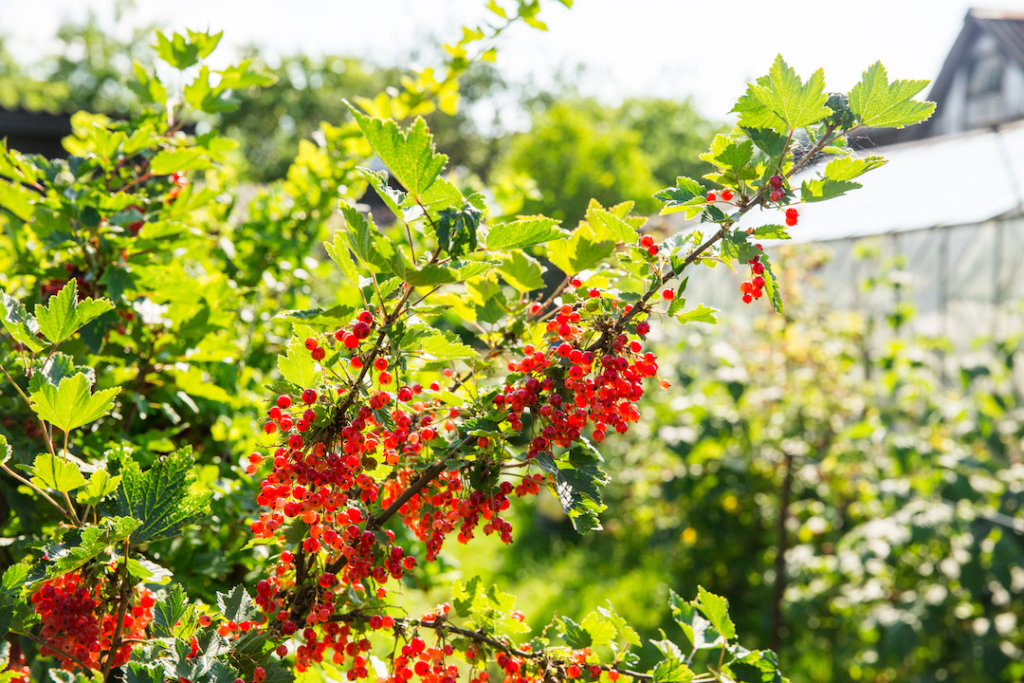
- Serviceberry
- Apple
- Cherry
- Currant
If fruit is important to you in your landscape, these 4 options are great choices to include in your landscape.
Winter-Friendly Options
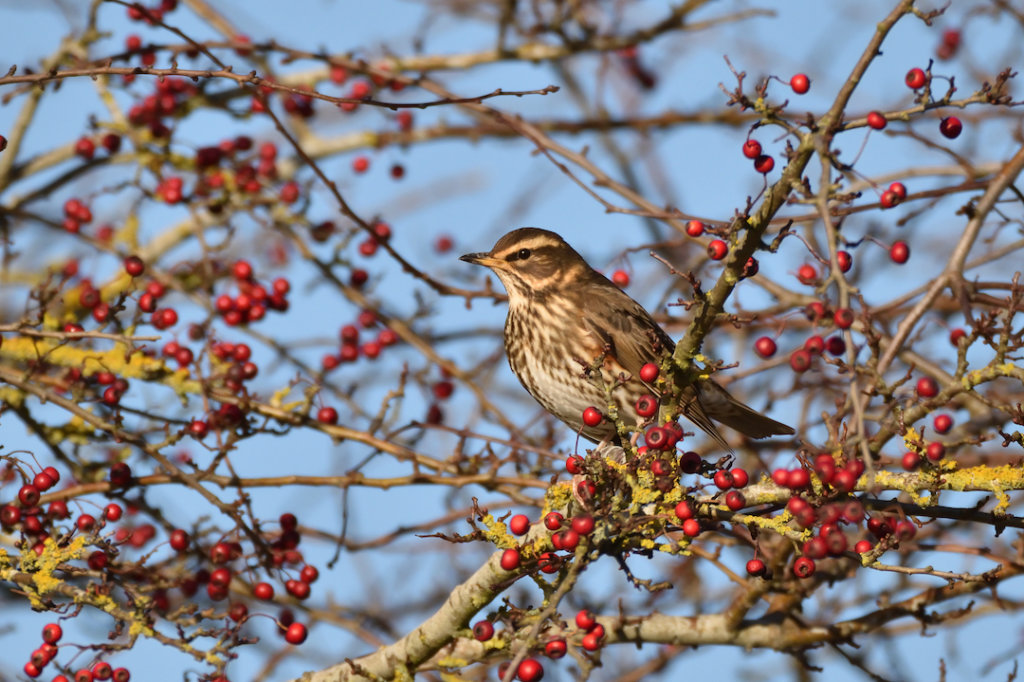
- Hawthorn: With outstanding winter interest, this option is silvery/grey in the winter and covered with dangling red berries.
- Dogwood: Dogwood is attractive without the foliage in the winter because it reveals the bright red stems and trunks.
Landscape Design Tips with Trees and Shrubs
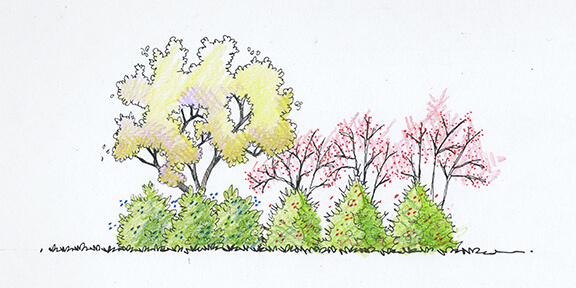
The design ideas are endless once you know the best tree and shrub choices for your microclimate and your space’s function. As you are getting ready to design your landscape, it is time to start pairing trees and shrubs that go well together. Layering trees and shrubs with varying heights can give the space dimension. Organizing shrubs in linear rows is a more formal look and can work well to defining a space. A more relaxed arrangement of plants and shrubs has a more native aesthetic. Check out these simple landscape design drawings by professionals to see a visual rendering that may help spark some ideas. Plus, they are all DIY friendly.
Learn the importance of tree maintenance and care
Need Help from Landscape Professionals?
Our team of Landscape Architects and Designers are experts in horticulture and can provide insight into the best shrub and trees for each individual project. With over 30 years of landscape design and installation experience, our Colorado landscaping team is equipped to handle projects of all shapes and sizes. Contact us today to get started on your landscape project!

